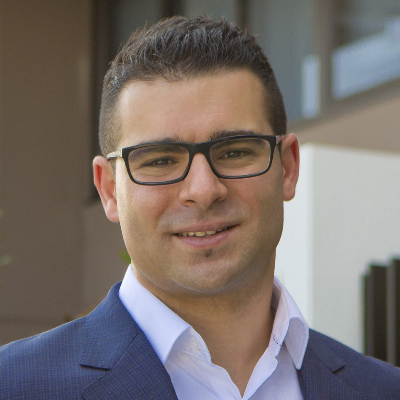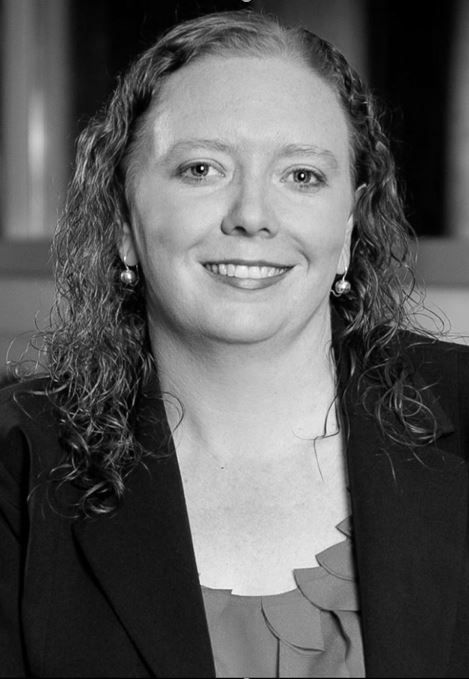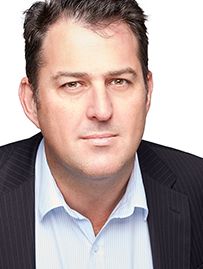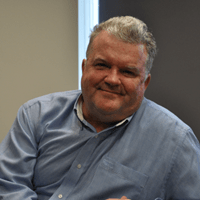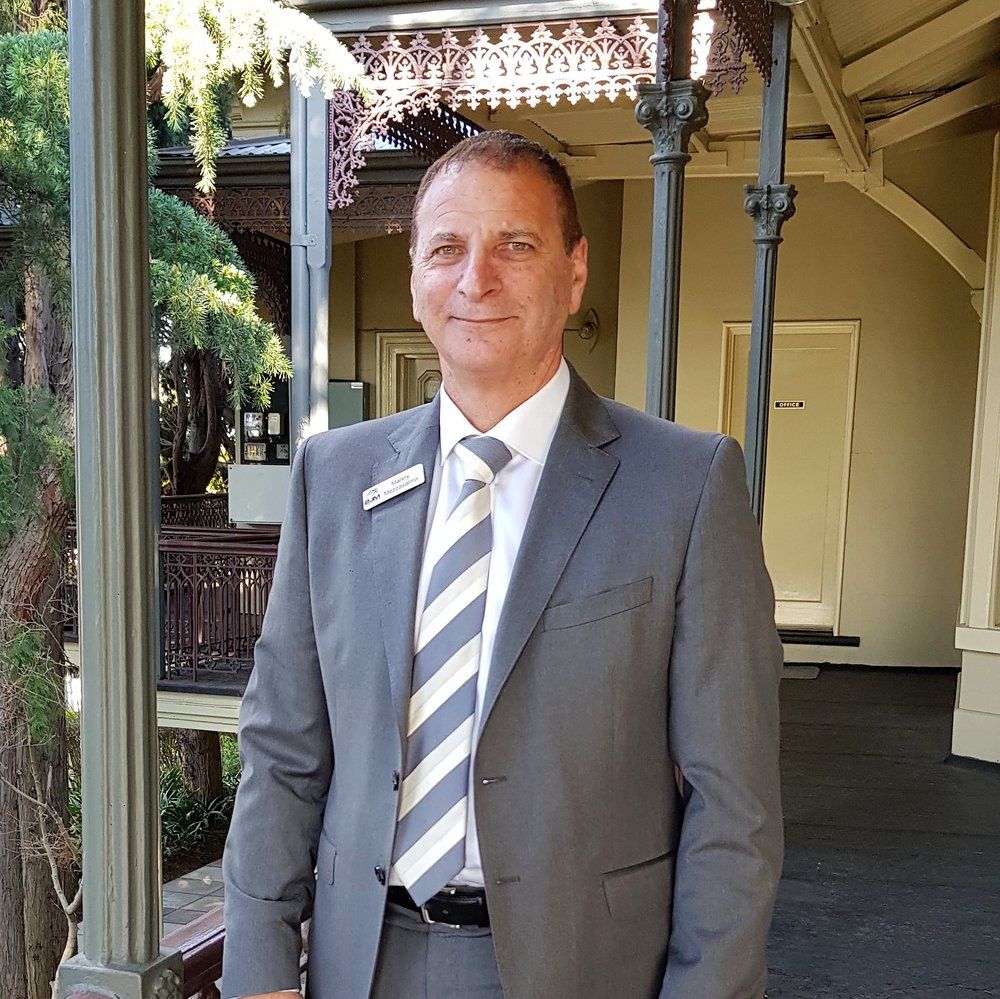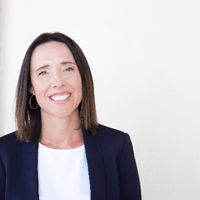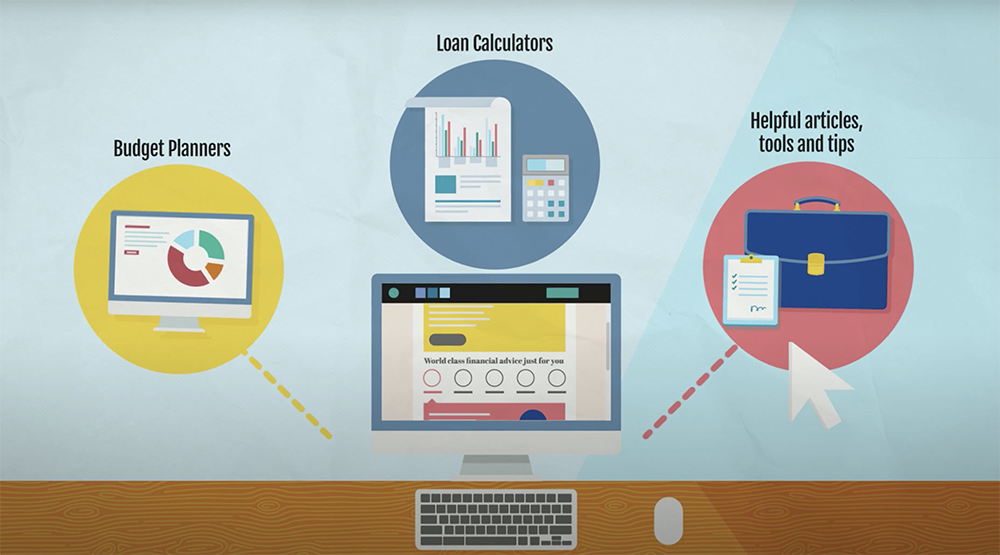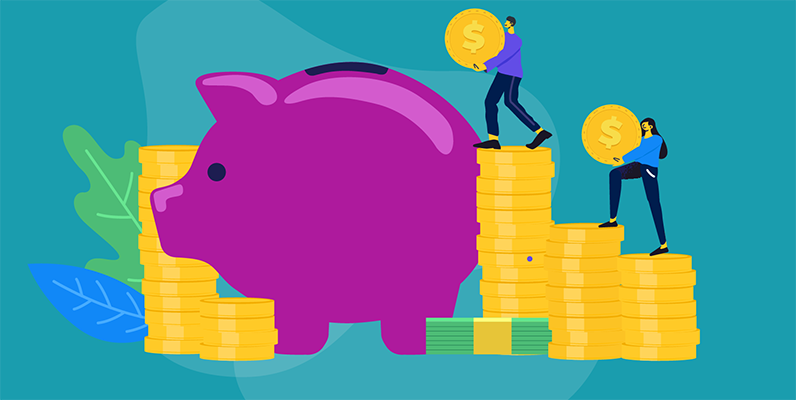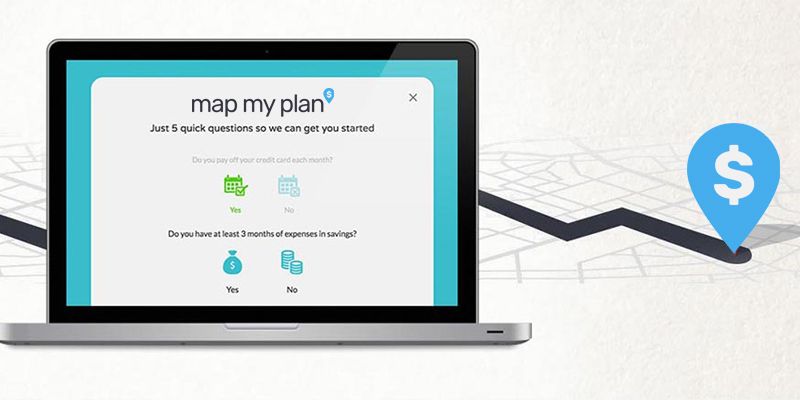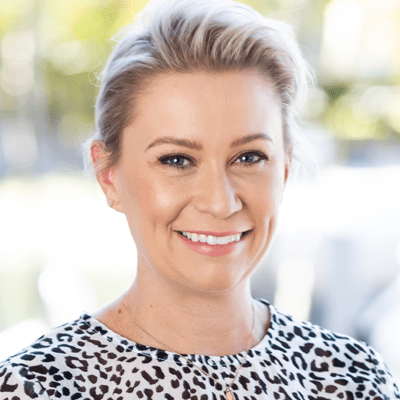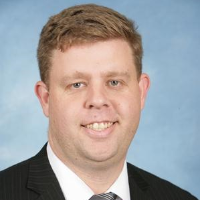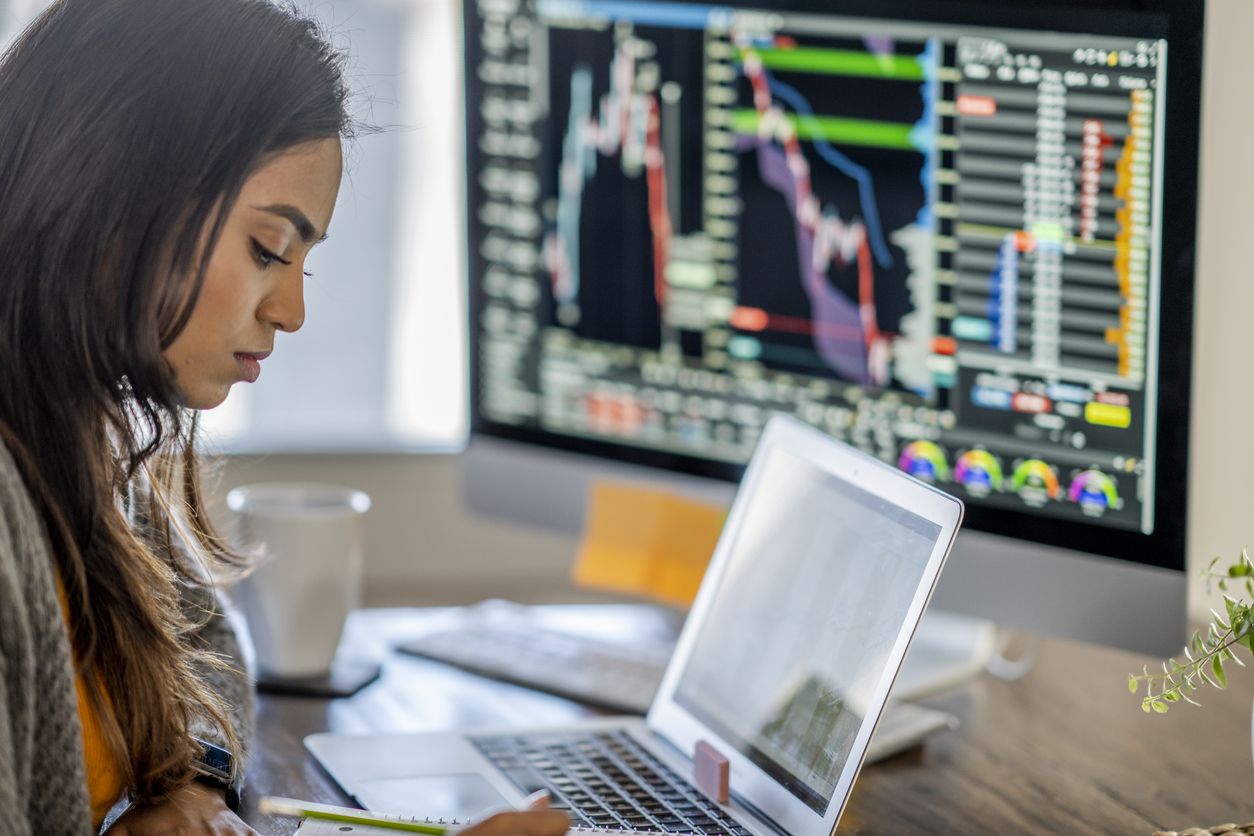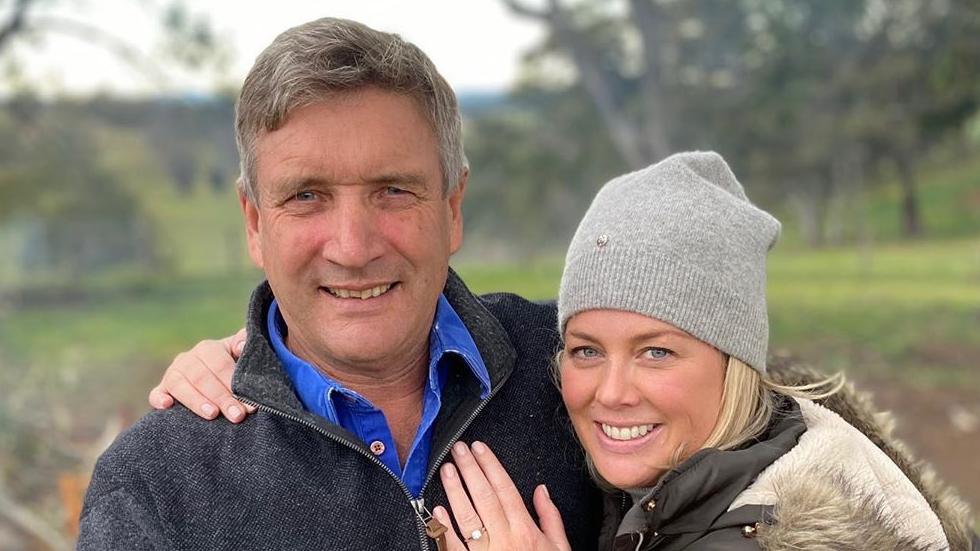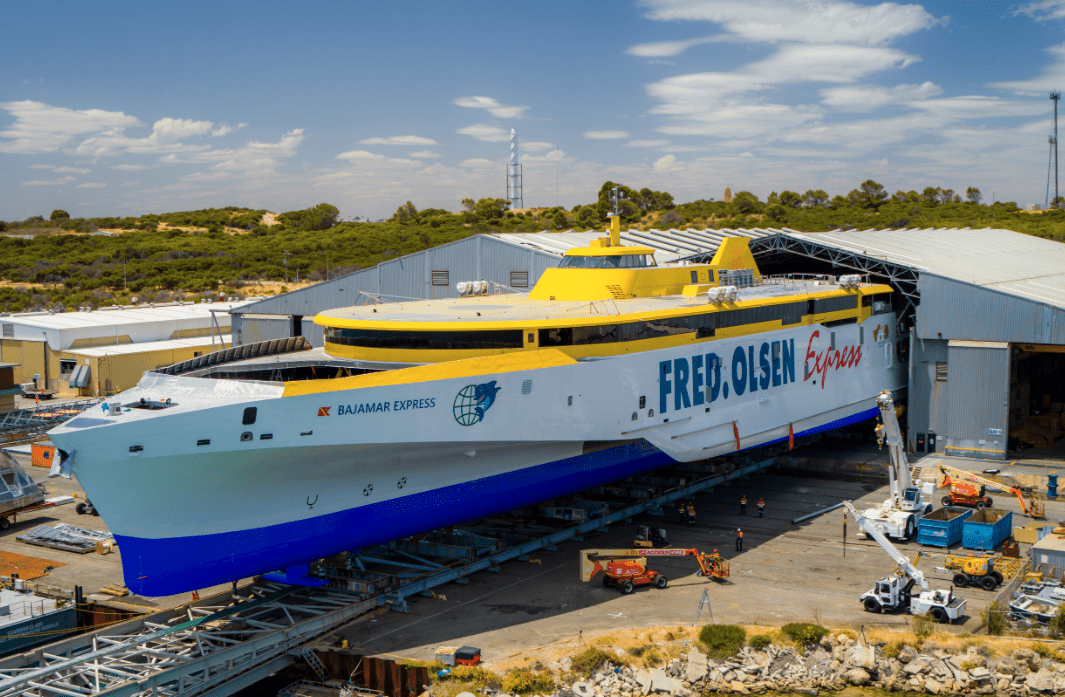
The Sage: What you’ll get from Josh’s tax cuts and why it won’t save the economy
 Welcome to the Sage, our irreverent take on the week just passed.
Welcome to the Sage, our irreverent take on the week just passed.
It sounds like a simple way to help us out of the worst recession in 75 years: at a time when household spending plunged 12 per cent, how about tax cuts? Surely we’ll splurge and get the economy back into shape with more money in our pockets? What could go wrong?
That’s the policy being touted at the weekend, along with big spending projects like (stop me if you’ve heard this) a rail line from Melbourne to Brisbane,
So far, it hasn’t gone down too well. Business leaders remain to be convinced it will work.
The problem is we’re just not confident. Or too cautious. Or worried. We’re not sure JobKeeper and JobSeeker are here to stay. And we’re not sure our jobs will still be around by the end of the year.
Following last week’s massive 7 per cent drop in Gross Domestic Product, Treasurer Josh Frydenberg has been busily talking up bringing forward high-income tax cuts that will mean some will be $2,500 a year better off.
The federal budget on October 6 is now seen as the arena for the Morrison government’s attempts to kick start the economy, crippled by coronavirus.
Tax cuts are a $160 billion play – but the biggest criticism is that the most benefit will be for the wealthy.
Mr Frydenberg said this week the government was “considering the timing of those tax cuts” – the strongest indication yet that personal income tax cuts scheduled to start on July 1, 2022 could be brought forward to boost take-home pay and consumer spending.
“Tax cuts put more money into people’s pockets, that means more spending, more spending means more jobs and that’s obviously critical in the context of the economic recovery,” the Treasurer maintained.
Here’s what it could look like:
- The 32.5 per cent tax rate income threshold will increase to $120,000 from $90,000.
- The low-income tax offset will go up to $700 and the 19 per cent tax rate income threshold increased from $37,000 to $45,000.
- Workers earning between $22,000 and $30,000 – well below the average wage and probably working part time – will be $255 better off on financial 2018 levels;
- Those near the average $50,000 to $80,000 will be $1,080 better off;
- Those on $90,000 would be $1215 better off;
- Those taking home $100,000 will be $1665 better off;
- Those on $120,000 and above will be $2565 better off.
The next stage, currently expected in 2024, the 37 per cent tax rate will drop to 30 per cent for everyone on $45,000 and $200,000, capturing almost all the population.
AMP’s economist Shane Oliver told The Financial Review: “The benefit of stage two is that it’s largely focused on low-to-middle income earners who get a bigger percentage benefit. If you want to encourage spending, then it’s the stage two that you would bring forward.”
The problem is as simple as the treasurer’s solution: the savings ratio is at its highest since 1974. Ordinarily, that would be great news. But in a recession, it’s not.
Alison Pennington, senior economist with the Centre for Future Work at The Australia Institute, told The New Daily last week the well-off are the most likely to save, not spend.
The online paper reported the Australia Institute has released economic modelling showing a whopping 91 per cent of the benefit from the 2022 tax cuts would go to the richest 20 per cent of Australians.
Matt Grudnoff, senior economist at The Australia Institute, said fast-tracking these changes would likely do little to help the wider economy. “High-income taxpayers are far more likely to pay down debt or save,” he told The New Daily.
Large infrastructure projects, which could employ many Australians and directly pump money into the economy, was his preference.
The Business Council of Australia, perhaps unsurprisingly, wants stimulus money to go to business for investment.
And spreading the help by creating jobs is a good idea.
But with the banks cautious on lending, the reduction in JobKeeper and JobSeeker, and home loan deferrals ending, there is a long way to go before any of us will feel confident enough to put our money on the table and gamble on a turnaround.
Until there is a vaccine…
*******************
Now you can trade with a Superhero

A new attempt to woo millennials to the stock market has been launched – and it has a terrific pedigree. Founding investors include the bosses of Afterpay, the stock market darling and another lender, Zip, which is also beloved of Australian tech investors.What’s good about it? Well, it’s got a snappy name – Superhero – perhaps suggesting where some of that $20,000 in early super withdrawals may be going. And it’s also the cheapest on the market with a flat $5 brokerage fee on all Australian shares and minimum investments starting from just $100.
That’s half the price of the lowest rate offered by Australia’s most popular brokerage, CommSec.
So what’s it like? Our friends at Finder have checked it out and say:
“With a $5 flat commission and no monthly or inactivity fee for the basic account, Superhero is among the most competitive on costs for ASX share trading in Australia.
“Arguably the key feature that sets it apart from the others is the $100 minimum investment for Australian shares. Due to ASX requirements, you normally need to invest at least $500 for every Australian-listed company – a rule that doesn’t apply to US stock trading apps.
Superhero will be just the second platform to break this mould, after CommSec Pocket offered $50 minimum investments for a small selection of Australian exchange-traded funds (ETFs) last year. Currently, Superhero is the only platform on the market that does so for ASX stocks.
“The design elements of the platform also set it apart from other share trading apps. The stylistic and minimalist interface is more comparable to the likes of US trading apps that appeal to “next-gen” traders, such as Robinhood, eToro or Stake.”
Finder says the big drawback is Superhero doesn’t offer live pricing (20 minute delay) and it has minimal trading features compared to other share trading platforms.
Here at the Sage we love Gerry Harvey. He’s honest, industrious and rich. And he also tells it like it is. Who else among the rich listers would boast they were $2m behind in share trading all over the cover of the Australian newspaper.
“I think even now I’m about $2m behind, so it goes to show no-one is really sure where we are heading at the moment in the market. And anyone who tells you that they know is probably lying,” Gerry told the paper.
Gerry told The Sydney Morning Herald in March he has splashed out on 15 “blue chip” stocks which immediately plunged in value. He spent $1 million each on 15 different stocks following the market rout.
– a total of $15 million – following the week-long market rout on Friday, hoping to catch the bottom of the market and secure a good yield.
He bought Woodside, BHP, Rio Tinto, Australia’s big four banks, Computershare and, of course, Harvey Norman. By Monday, they were all 7 per cent down, costing Gerry $1.5 million. And he is still $2 million down.
Ouch!
But don’t shed too many tears. The 80-year-old horse racing mad Harvey is worth $2.32bn, and the price of his Harvey Norman shares is up 75% this year.




